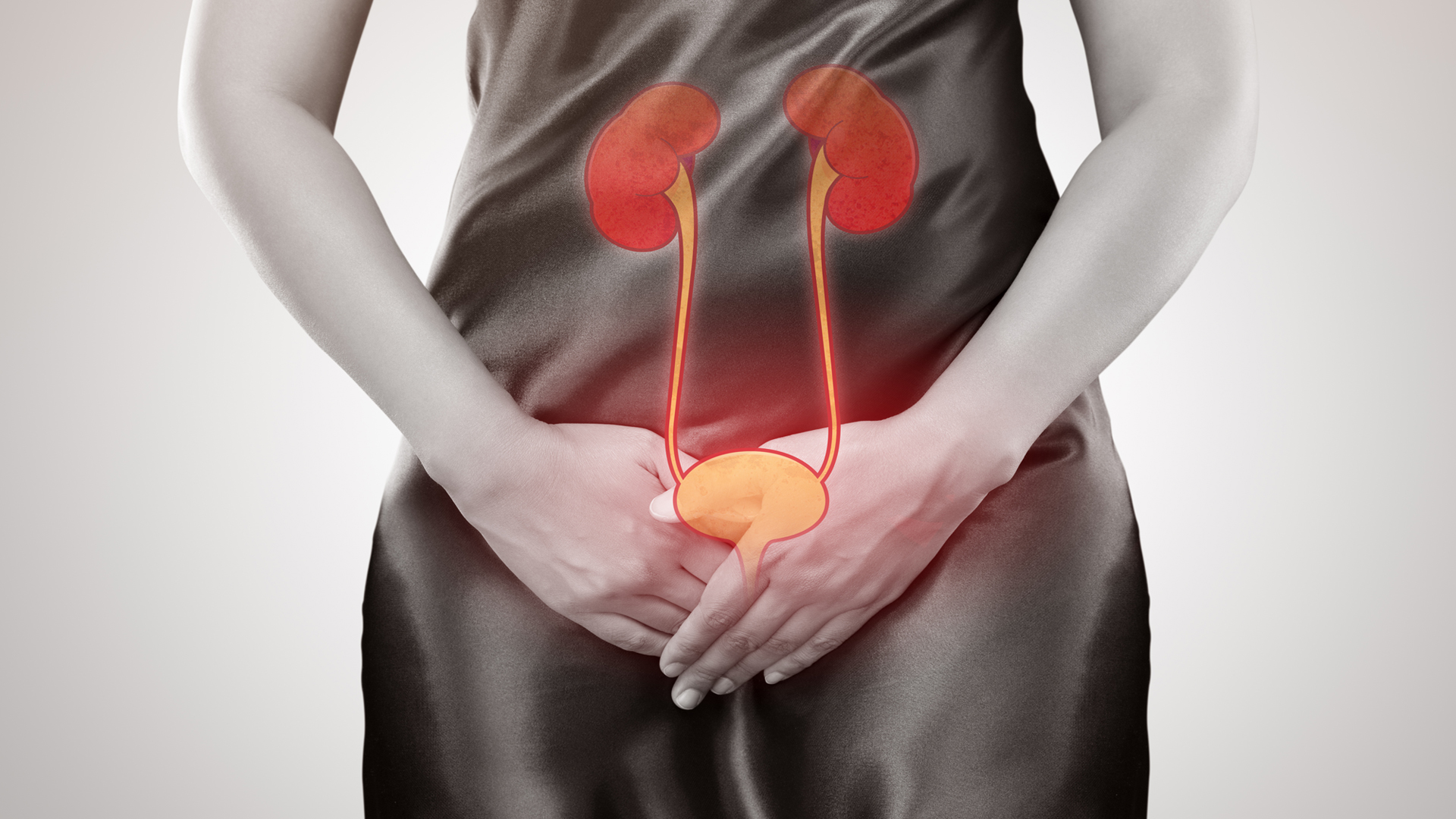
Health Resources
- Home
- Health Resources
- Osteoporosis
Osteoporosis

Understanding Osteoporosis
Osteoporosis is a bone disease where bone density and mass decrease, or bone structure changes, making bones weaker and more likely to fracture. 1 With advancing age, the bone density normally decreases. However, in some people, it decreases faster. If bone density declines below a certain level, it is called osteoporosis. 2 Osteoporosis is the leading cause of fractures in postmenopausal women and older men. 1
Due to effective family planning policies since the 1960s, Singapore, a multi-ethnic country in Southeast Asia, has one of the fastest-ageing populations in Asia. 3 The proportion of citizens aged 65 and above increased from 9.9% in 2009 to 16.0% in 2019 and is projected to reach about 23.7% by 2030.4
In Singapore, the prevalence of osteoporosis ranges from 9.3% to 19.4% among postmenopausal women. The condition has a 0.7% prevalence among men aged 50 and older. 5,6 In a population-based Singaporean study in 2020, researchers found that the risk level for starting osteoporosis treatment rises with age, from a 2.96% chance of a major fracture at age 50 to 32% at age 90. They also noted that 7% of the 29,323 women had previously experienced a fragile bone fracture. 7
Key Risk Factors for Osteoporosis
Osteoporosis affects individuals of all races, genders, and ethnicities. Here are some important risk factors to consider: 1

Recognising the Tell-Tale Signs of Osteoporosis

Diagnosis of Osteoporosis
The cornerstone of the diagnosis of osteporosis is the bone mineral density assessment (BMDA). 8,9

Other methods that can help in the assessment of osteoporosis include: 8,9

Osteoporosis Self-assessment Tool for Asians
The Osteoporosis Self-Assessment Tool for Asians (OSTA) score is designed to help identify women, especially postmenopausal women, at risk of osteoporosis. It serves as a simple and effective method to determine if further bone health evaluation is needed. OSTA is a self-assessment tool, so you can easily do this evaluation on your own. The OSTA score is calculated using just two factors—age and weight. The formula is provided below: 8,10

BMD: Bone mineral density; DXA: Dual-energy X-Ray absorptiometry
Strategies for Osteoporosis Treatment
Treatment options for Osteoporosis include the following: 11

IV: Intravenous; RANKL: Receptor activator of nuclear factor kappa-B ligand; SERM: Selective oestrogen receptor modulator.
Ways to Prevent Osteoporosis

Early identification of individuals at high risk is key to fracture prevention. 8

References
1. Osteoporosis. National Institute of Arthritis and Musculoskeletal and Skin Diseases. Available at: https://www.niams.nih.gov/health-topics/osteoporosis. Accessed on: 14 May 2024.
2. Overview: Osteoporosis and bone fractures. In: InformedHealth.org [Internet]. Institute for Quality and Efficiency in Health Care (IQWiG). Available at: https://www.ncbi.nlm.nih.gov/books/NBK279529/. Accessed on: 15 May 2024.
3. Chan A. Singapore’s changing age structure: Issues and policy implications for the family and state. In: Tuljapurkar S, Pool I, Prachuabmoh V, (eds). Population, Resources and Development. International Studies in Population, vol 1. Springer. 2005, pp. 221–242.
4. Population in Brief 2019.pdf. Available at: https://www.strategygroup.gov.sg/files/media-centre/publications/population-in-brief-2019.pdf. Accessed on: 26 June 2024.
5. Chen KK, Wee S-L, Pang BWJ, et al. Bone mineral density reference values in Singaporean adults and comparisons for osteoporosis establishment: The Yishun Study. BMC Musculoskelet Disord. 2020;21:633.
6. Chandran M, Brind’Amour K, Fujiwara S, et al. Prevalence of osteoporosis and incidence of related fractures in developed economies in the Asia Pacific region: A systematic review. Osteoporos Int. 2023;34:1037–1053.
7. Kanis JA, Chandran M, Chionh SB, et al. Use of age-dependent FRAX-based intervention thresholds for Singapore. Arch Osteoporos. 2020;15:104.
8. Appropriate Care Guide. Osteoporosis: Identification and management in primary care. Available at: https://www.ace-hta.gov.sg/docs/default-source/acgs/osteoporosis—identification-and-management-in-primary-care-(nov-2018).pdf?sfvrsn=95758f4e_2. Accessed on: 15 May 2024.
9. Ministry of Health Singapore. Osteoporosis. Clinical Practice Guideline. Available at: https://www.moh.gov.sg/docs/librariesprovider4/guidelines/cpg_osteoporosis.pdf. Accessed on: 15 May 2024.
10. Muslim D, Mohd E, Sallehudin A, et al. Performance of Osteoporosis Self-assessment Tool for Asian (OSTA) for primary osteoporosis in post-menopausal Malay women. Malays Orthop J. 2012;6(1):35–39.
11. Supplementary-guide-on-available-treatment-options-(nov-2018). Available at: https://www.ace-hta.gov.sg/docs/default-source/acgs/supplementary-guide-on-available-treatment-options-(nov-2018)ecd01456d0bc4c3581d805b12a46c143.pdf?sfvrsn=396c5820_0. Accessed on: 8 July 2024.
12. Porter JL, Varacallo M. Osteoporosis. In: StatPearls. Treasure Island (FL): StatPearls Publishing. Available at: http://www.ncbi.nlm.nih.gov/books/NBK441901/. Accessed on: 14 May 2024.




